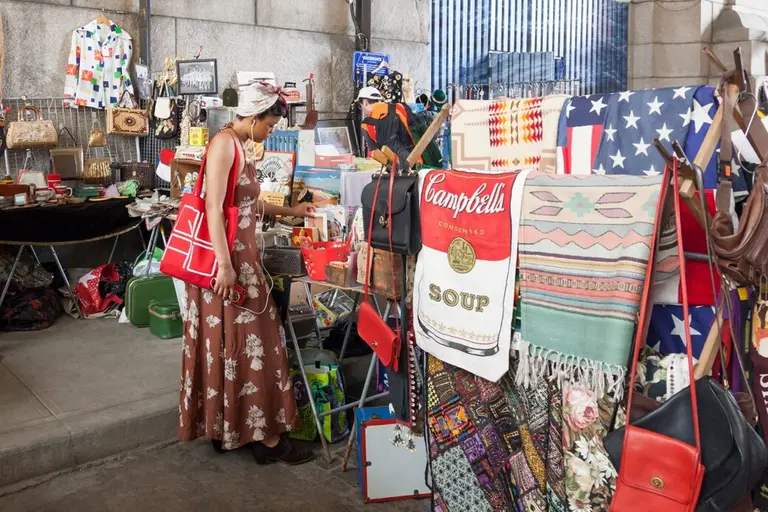Major Cycladic art installation opens at The Met
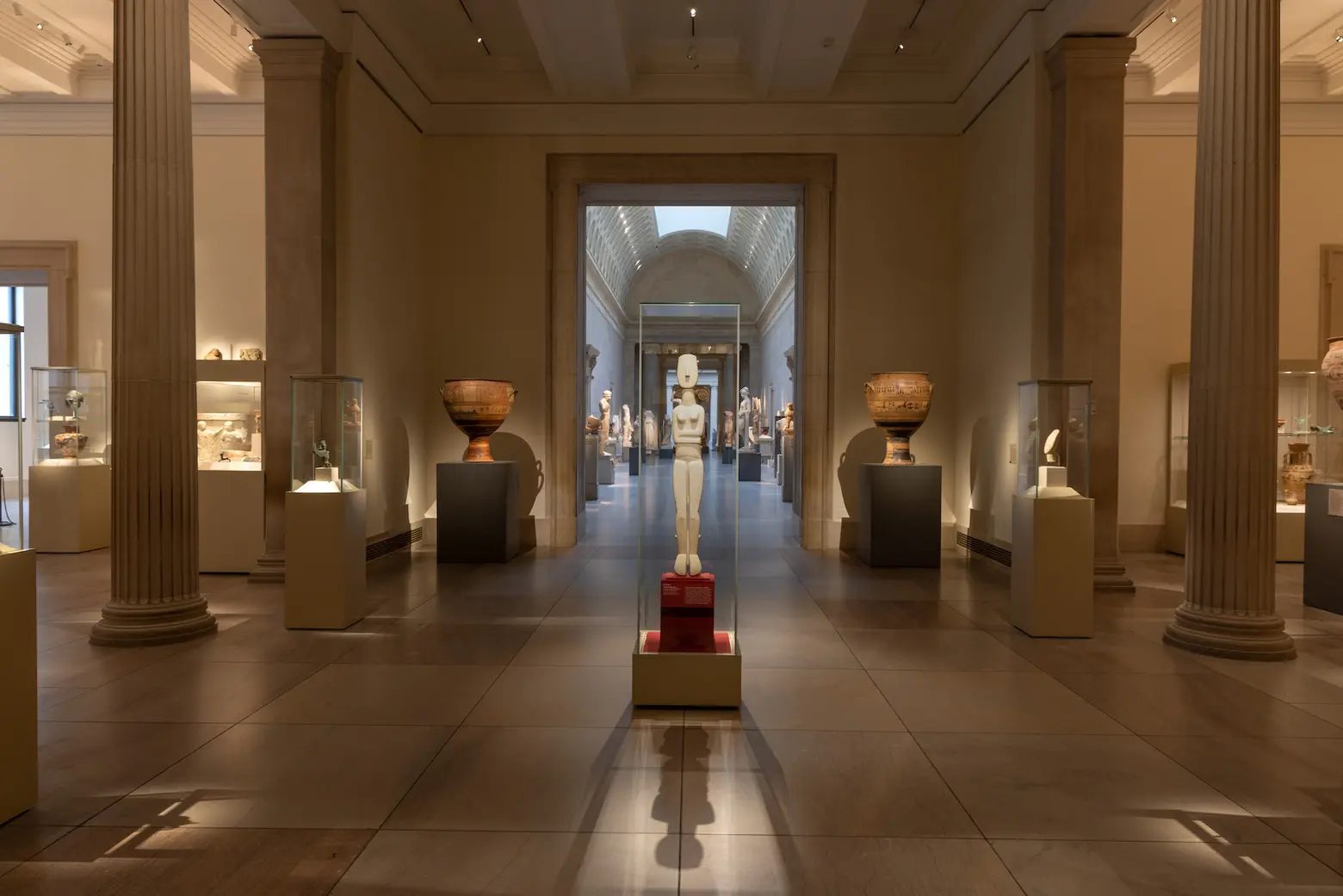
Cycladic Art: The Leonard N. Stern Collection on Loan from the Hellenic Republic at The Metropolitan Museum of Art, on view January 25, 2024–ongoing. Image: © The Metropolitan Museum of Art, photo by Bruce Schwarz
A historic collaboration between the Greek state and The Metropolitan Museum of Art is bringing an installation of Cycladic masterpieces to New York City. Last week the museum unveiled a display of 161 works made in the Cyclades, a group of islands in the Aegean Sea, mostly in the Early Bronze Age, from the private collection of billionaire philanthropist Leonard N. Stern. Objects on display include the major types of Cycladic marble figurines and range in size from a small-scale figure to a reclining female figure that is more than four feet long.
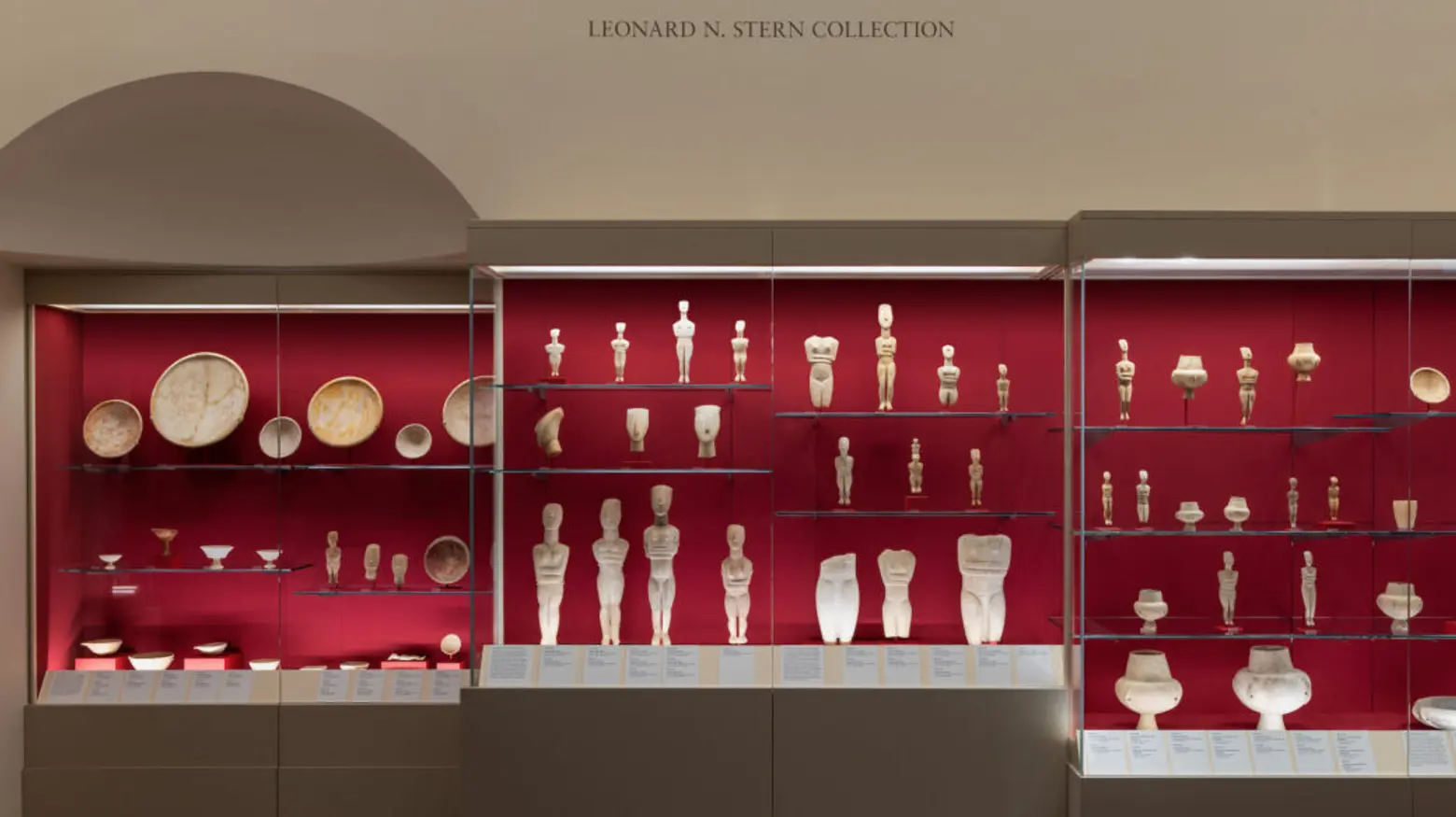
“We are thrilled to present this truly striking display of exceptional Cycladic art to our visitors in New York,” Max Hollein, The Met’s Marina Kellen French Director and Chief Executive Officer, said.
“Thanks to the important partnership and agreement between the Greek government, The Met, and the Museum of Cycladic Art in Athens, this historic presentation is sure to foster the study and appreciation of Early Cycladic art and culture for visitors and scholars, now and for generations to come. We are incredibly grateful to Greece for authorizing this long-term loan and to Leonard N. Stern for forming the collection and for dedicating funds for their study.”
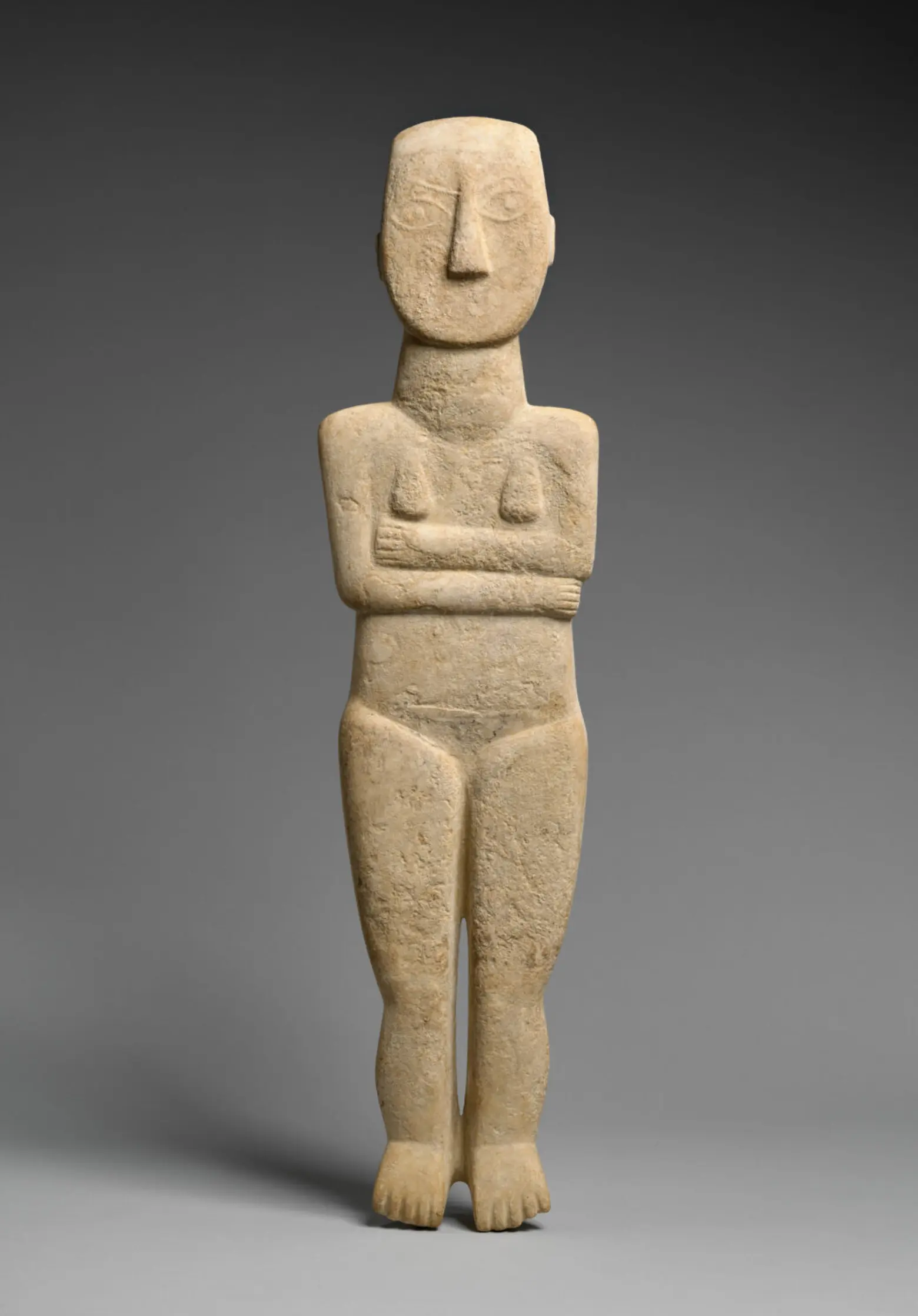
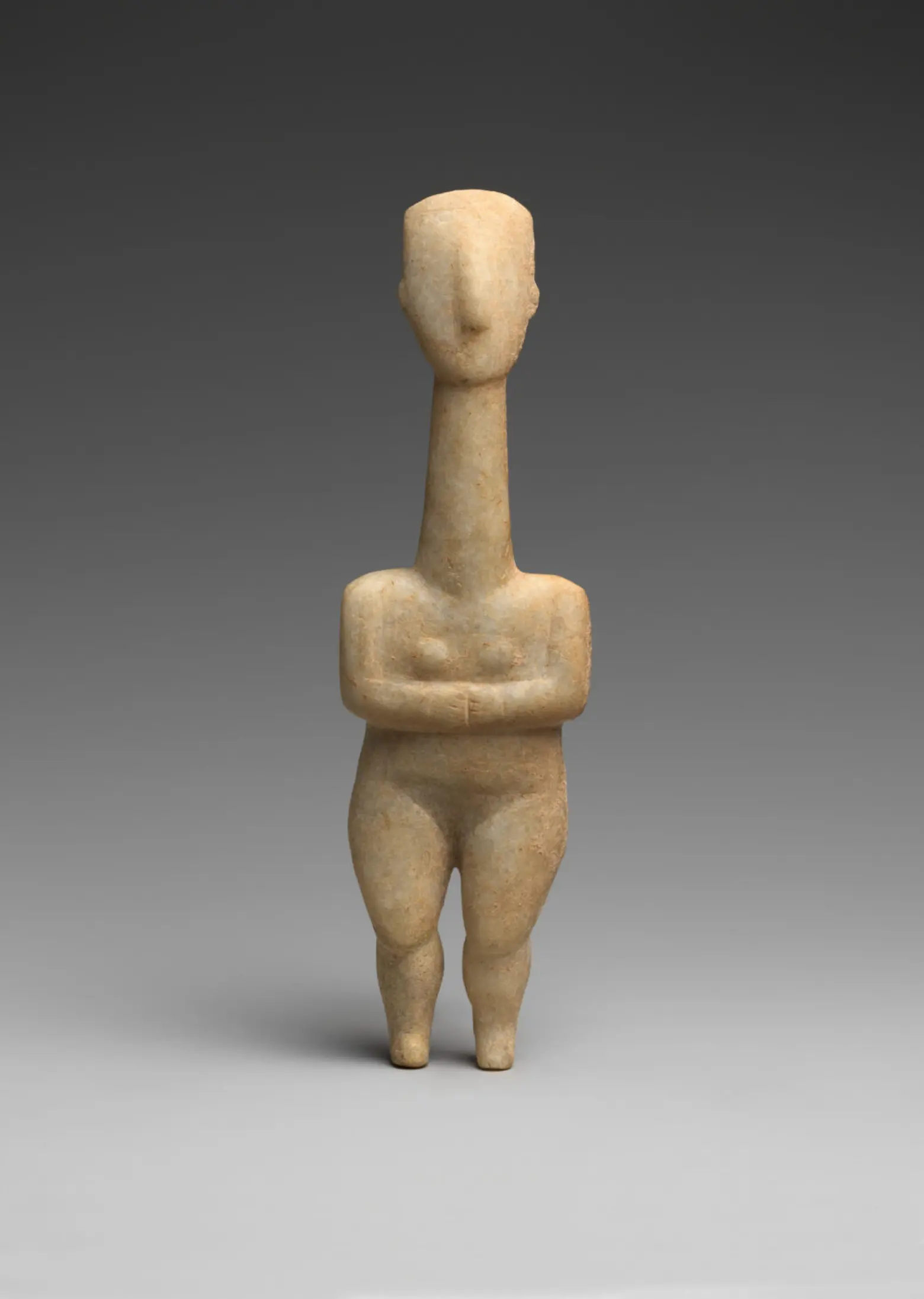
“The Cycladic Art: The Leonard N. Stern Collection on Loan from the Hellenic Republic” is considered the most complete private collection of Cycladic art formed outside of Greece. The works made primarily between 3200 BC and 2000 BC represent major types of Cycladic marble figurines, including “violin shaped,” “Plastiras,” “Hybrid,” “Louros,” “Pre-canonical,” “Kapsala,” “Early Spedos,” “Late Spedos,” “Dokasthismata,” “Chalandriani,” and “Koumasa,” according to the museum.
Other items include marble vessels, like beakers, bowls, and collared jars, a terracotta frying pan, a bronze axe, and a head carved from a fossilized sea sponge.
The display is the result of a 2022 deal between the Met, the Greek Ministry of Culture, the Museum of Cycladic Art, and the nonprofit Hellenic Ancient Culture Insititute that states the antiquities belong to the Greek state. After 10 years on display, selected works will periodically return to Greece and be exchanged for others for 15 years. Following that 25-year loan period, important Cycladic artworks will continue to be loaned to The Met from Greece for an additional 25 years.
When the deal was announced, some Greek historians and scholars questioned the arrangement and the repatriation of the artifacts after 50 years.
“This is not repatriation,” Christos Tsirogiannis, associate professor at the Museum of Ancient Cultures at the University of Aarhus in Denmark, told the New York Post in 2022. “It is benefiting institutions that have no right to be involved at all. The biggest scandal is that this is being accepted by the Greek state.”
Stern told the Post all 161 works were purchased from legitimate sources.
RELATED:



